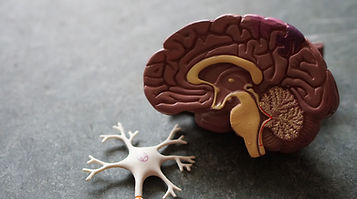Quyen B. Nguyen, Ph.D. (she/her)
Licensed Psychologist
PNW Happy Healthy, PLLC



What CBT Is
To break down Cognitive-Behavioral Therapy (CBT):
-
Cognitive = How and what we think, and how we can rebalance, reframe, or relate to those thoughts.
-
Behavioral = What we do, and how we can approach or do things differently.
-
Emotions/Feelings = The emotions that connect with our thoughts and behaviors.
For example, when we’re feeling stressed or overwhelmed:
Cognitive – I can't handle this. This is too much. I'm overloaded and overwhelmed.
Behavioral – Shut down. Avoid. Vegetate. Get short with people. Not eat, or eat too much. Not get enough sleep, or sleep too much. Withdraw.
In recent years, I had been emphasizing the B over the C in CBT. Now, I’m moving away from CBT and toward Acceptance and Commitment Therapy (ACT) (pronounced as the word “act,” not spelled out letter by letter).
With CBT, we work with our thoughts by challenging, fighting, disputing, and persuading. The challenge? Unhelpful or maladaptive thoughts keep popping up. So, we end up doing a lot of mental gymnastics to keep thinking more adaptively.
I like ACT because it takes a different approach to painful or unpleasant thoughts, feelings, and memories. Instead of trying to get rid of them, ACT helps us acknowledge them and get unhooked from them, so we can respond more effectively.
In ACT, we work on:
-
Being here now (mindfulness)
-
Watching our thinking (instead of getting caught up in it)
-
Opening up to our experiences (rather than fighting them)
-
Noticing our observing selves (the part of us that sees our thoughts and feelings but isn’t controlled by them)
-
Knowing what matters to us (clarifying our values)
-
Doing what it takes (taking action in alignment with our values)
If you would like to work with me, please check my availability here.